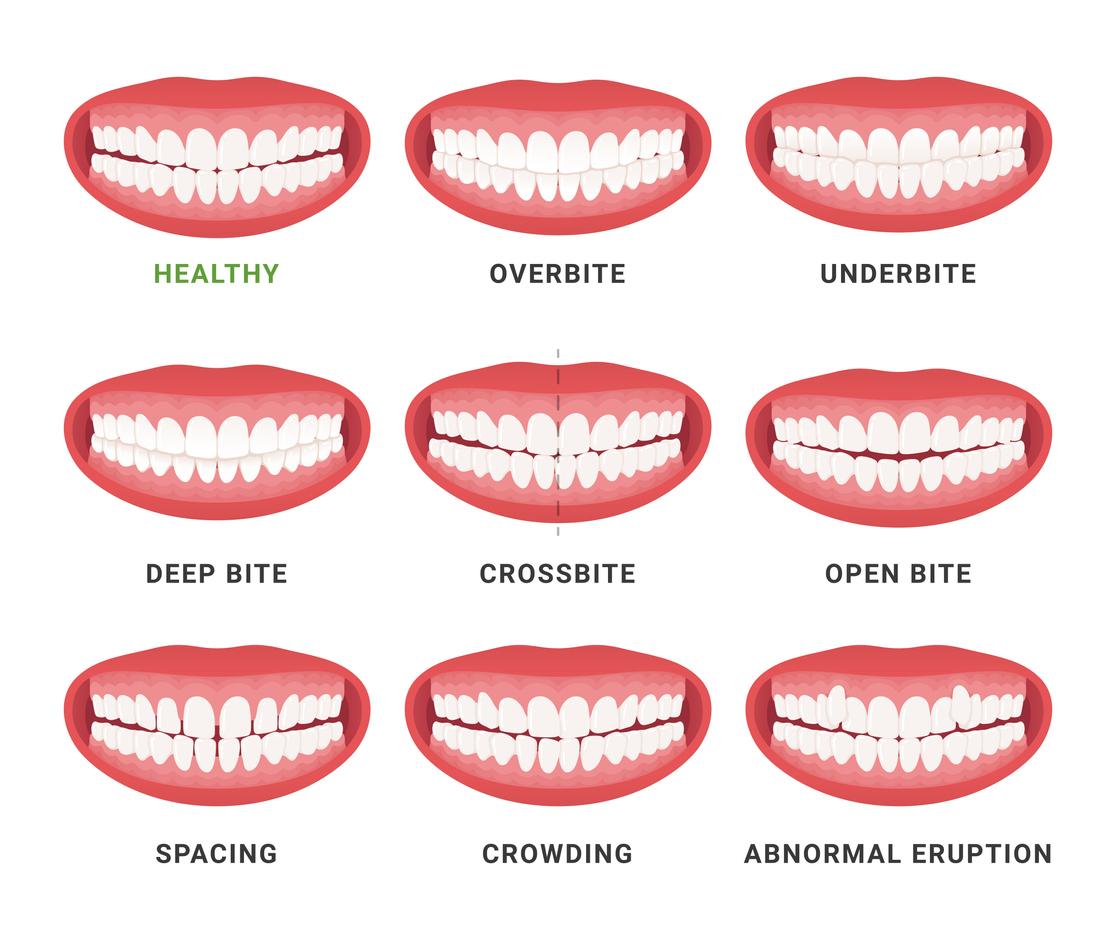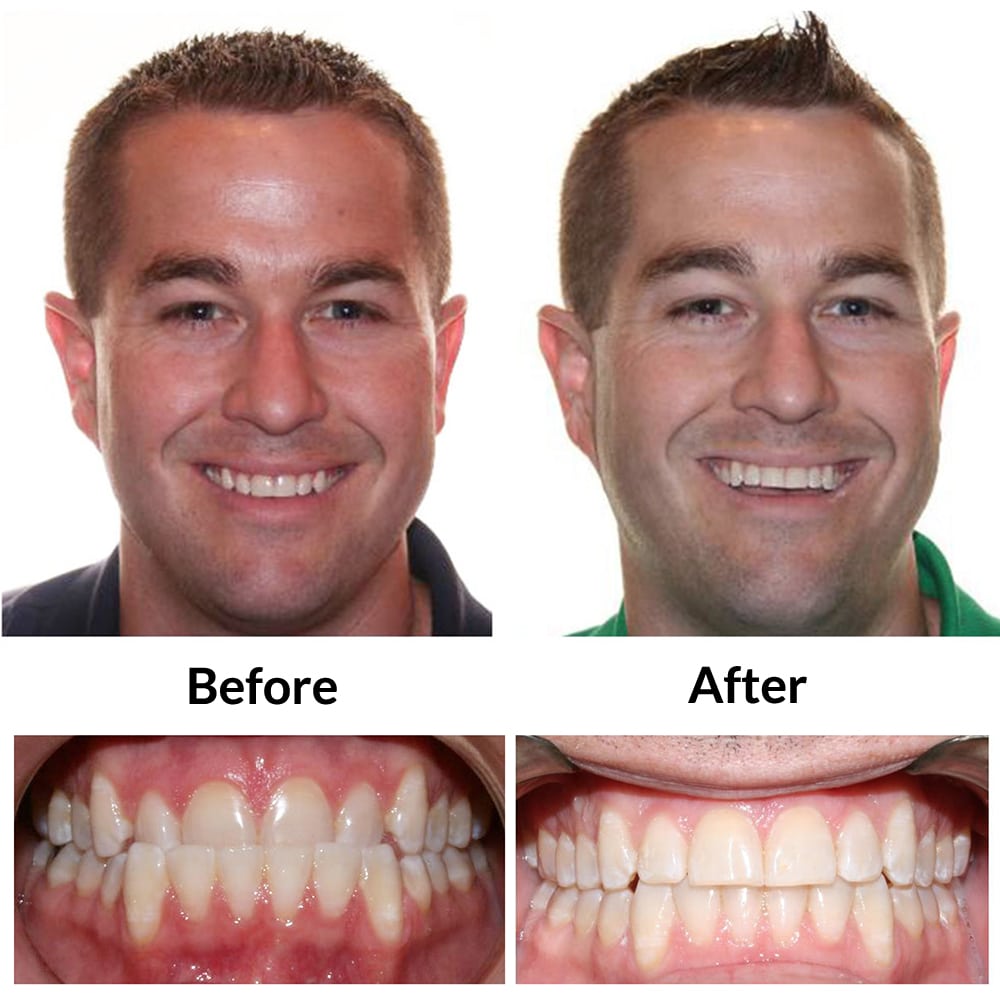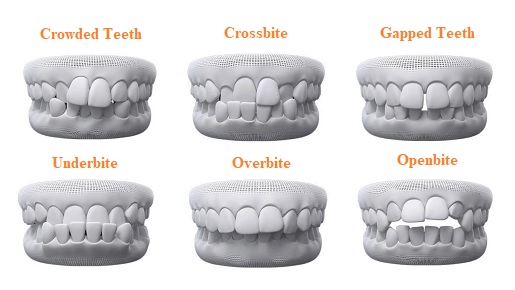The Ultimate Contrast: Invisalign vs. Traditional Dental braces for Grownups
The Ultimate Contrast: Invisalign vs. Traditional Dental braces for Grownups
Blog Article
Invisalign vs. Typical Braces: Which Alternative Is Right for You?
When taking into consideration orthodontic treatment, the choice in between Invisalign and conventional dental braces provides several crucial variables that warrant cautious examination. Invisalign provides a discreet option with detachable aligners, while traditional dental braces supply a much more noticeable yet effective remedy for serious misalignment.
Review of Treatment Choices

On the other hand, traditional dental braces contain steel brackets and cables that are bound to the teeth. This method uses continuous pressure over time to accomplish placement. While reliable for complex orthodontic problems, standard braces require routine brows through for changes and can posture obstacles in keeping oral hygiene because of the difficulty of cleansing around cords and braces.
Both options have their merits, and the option frequently pivots on details dental conditions, lifestyle choices, and patient compliance. Eventually, getting in touch with an orthodontic specialist is crucial for determining one of the most suitable therapy plan tailored to individual needs. Comprehending the subtleties of each option can dramatically affect the overall success of orthodontic treatment.
Visual Considerations
A considerable variable influencing the selection in between Invisalign and conventional dental braces is the visual charm each treatment provides. Invisalign aligners are crafted from clear plastic, making them virtually unseen when worn. This very discreet appearance is particularly appealing to teenagers and grownups that may really feel uncomfortable regarding their orthodontic treatment. The capacity to preserve an all-natural smile throughout the placement process can dramatically improve the patient's self-confidence in professional and social setups.
In contrast, standard braces consist of steel brackets and cords, which can be extra visible. While innovations in orthodontic technology have caused the advancement of smaller sized brackets and colored elastics, traditional braces still preserve a more obvious account. For some individuals, the exposure of dental braces may discourage them from looking for necessary treatment.
Ultimately, the option between Invisalign and conventional dental braces may rest on individual preferences pertaining to visual appeals. Patients who focus on discretion often favor Invisalign, while those that are much less worried concerning presence might select typical dental braces. Comprehending the visual ramifications of each choice is essential for making an informed choice that straightens with one's way of life and preferences.
Convenience and Convenience

In terms of convenience, Invisalign aligners are Your Domain Name removable, allowing clients to appreciate their favored foods without restriction and keep ideal oral health. Brushing and flossing are simplified, as the aligners can be gotten during these routines, whereas standard dental braces call for careful maneuvering around cables and braces.
Furthermore, Invisalign's progressive system permits fewer orthodontic gos to. Patients generally obtain numerous collections of aligners simultaneously, which can enhance the therapy procedure and minimize time invested in the orthodontist's chair. In comparison, typical dental braces demand regular modifications, making them less hassle-free for those with active routines. Invisalign. On the whole, the comfort and comfort of Invisalign make it an appealing selection for lots of individuals seeking orthodontic therapy.
Treatment Duration and Performance
While both Invisalign and typical dental braces work in correcting dental misalignments, the duration of treatment can vary dramatically in between both choices. Normally, Invisalign treatment can take anywhere from 12 to 18 months, relying on the complexity of the instance. The clear aligners work by slowly shifting teeth right into their wanted settings, and regular follow-ups with an orthodontist assistance ensure progression stays on course.
In contrast, standard braces usually call for a longer dedication, generally varying from 18 months to three years. This is due to their fixed nature and the usage of brackets and cables, which can be a lot more effective for complicated cases and serious imbalances (Invisalign). The therapy performance of conventional braces is well-documented, as they enable precise modifications and greater control over tooth movement
Ultimately, the selection in between Invisalign and typical dental braces might rest on both the anticipated treatment duration and the certain dental problems available. Consulting with an orthodontist is crucial, as they can offer tailored try these out suggestions based upon private needs, guaranteeing the picked technique lines up with wanted durations and results.
Expense Contrast and Insurance Coverage Choices
Cost plays a substantial duty in the decision-making procedure for people thinking about orthodontic treatment, whether deciding for Invisalign or traditional braces. Usually, the cost of Invisalign varieties from $3,000 to $8,000, while typical braces generally cost in between $2,000 and $6,000. Elements influencing these prices include the intricacy of the situation, the period of therapy, and geographical area.
Insurance policy insurance coverage can significantly affect out-of-pocket costs. Several oral insurance coverage plans supply partial protection for orthodontic treatments, however the specifics can differ commonly. It is crucial for clients to review their insurance plans to identify the degree of coverage for either option. Normally, traditional dental braces might be much more often covered by insurance policy strategies compared to Invisalign, which some insurance companies classify as a cosmetic procedure.
Additionally, numerous orthodontic techniques supply versatile payment plans, making both therapy choices a lot more easily accessible. People need to ask about potential funding alternatives and discounts for upfront settlements. Evaluating the total cost, consisting of insurance coverage benefits and payment strategies, is essential for making an educated choice that lines up with both visual preferences and budget plan factors to consider.

Verdict
In summary, the choice between Invisalign and conventional dental braces pivots on numerous elements, consisting of visual choices, convenience, treatment view website duration, and cost. Invisalign provides a discreet, removable choice that assists in oral health and dietary adaptability, while traditional dental braces may be preferable for intricate oral concerns and frequently come with a reduced price factor. Ultimately, examination with an orthodontist is vital to evaluate specific circumstances and figure out the most proper treatment choice for accomplishing ideal dental positioning.
When taking into consideration orthodontic treatment, the choice between Invisalign and standard braces provides a number of crucial variables that warrant cautious evaluation.Contrasting Invisalign and typical dental braces reveals unique therapy alternatives for orthodontic correction.While both Invisalign and typical braces are reliable in correcting dental imbalances, the period of treatment can vary considerably in between the 2 choices.Price plays a substantial role in the decision-making process for people thinking about orthodontic therapy, whether choosing for Invisalign or typical dental braces.In summary, the selection in between Invisalign and standard braces hinges on multiple elements, consisting of aesthetic choices, convenience, therapy period, and cost.
Report this page